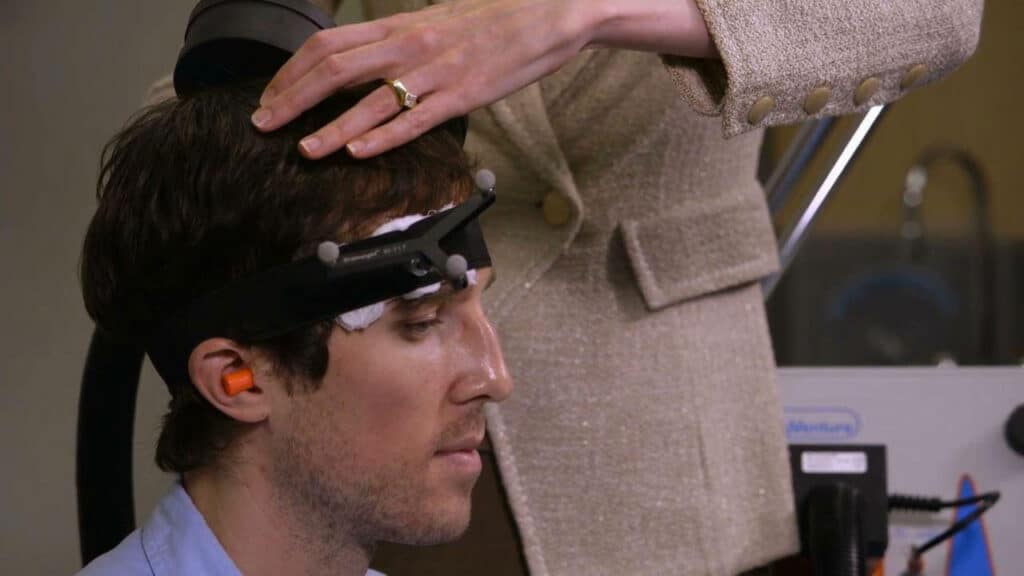There’s a terrifying sort of pall hanging over electroconvulsive therapy (ECT). It conjures up these images of Nurse Ratched-type characters inflicting cruel torture on people with mental illness who should be receiving support. It’s true that ECT has been hideously abused in its past, but it is still used today as a treatment for some severe conditions that don’t respond to regular medication or therapy.
Just the idea of ECT can sound pretty terrifying. Most people aren’t going to be comfortable with the idea of someone sending electric shocks into the brain to cause a seizure. The shadow of its misuse back in the 1950s, ’60s and ’70s still hangs over it. Even today, there’s disagreement among professionals about whether it should be offered. And while some patients claim to have benefited from ECT, it’s definitely not for everyone.
One reason that ECT in the past was bad is that patients weren’t given anesthetic. That won’t be a problem if you have ECT in the modern world. Once you’ve given your fully informed consent and removed any jewelry, a general anesthetic will be used to ensure you’re completely unaware during the treatment. A muscle relaxant will be used to prevent convulsions, but that means you’ll need a mask or tube to help you breathe.
Electrodes will be attached to your head, either on both temples (bilateral) or just one (unilateral), and a fairly mild current will pass between those electrodes for just a few seconds. A lot of the electricity will be blocked by the skull. Bilateral is considered more effective but also has a higher risk of side effects.
The conditions that ECT may be recommended to treat, if other approaches have failed and the situation is urgent, include severe depression, extreme mania (such as in some forms of bipolar disorder), catatonia and sometimes schizophrenia. We don’t know the mechanisms of exactly how it works but some people see their symptoms improve. If the first session is successful, ECT can be repeated a couple times a week for several weeks, but you should review after every treatment.
Even ECT that is safely given can cause side effects, as most medical treatments can. The most notable are memory loss and confusion. It’s important you’re fully informed so you can decide whether it would be appropriate for you. It’s something that needs serious consideration.




